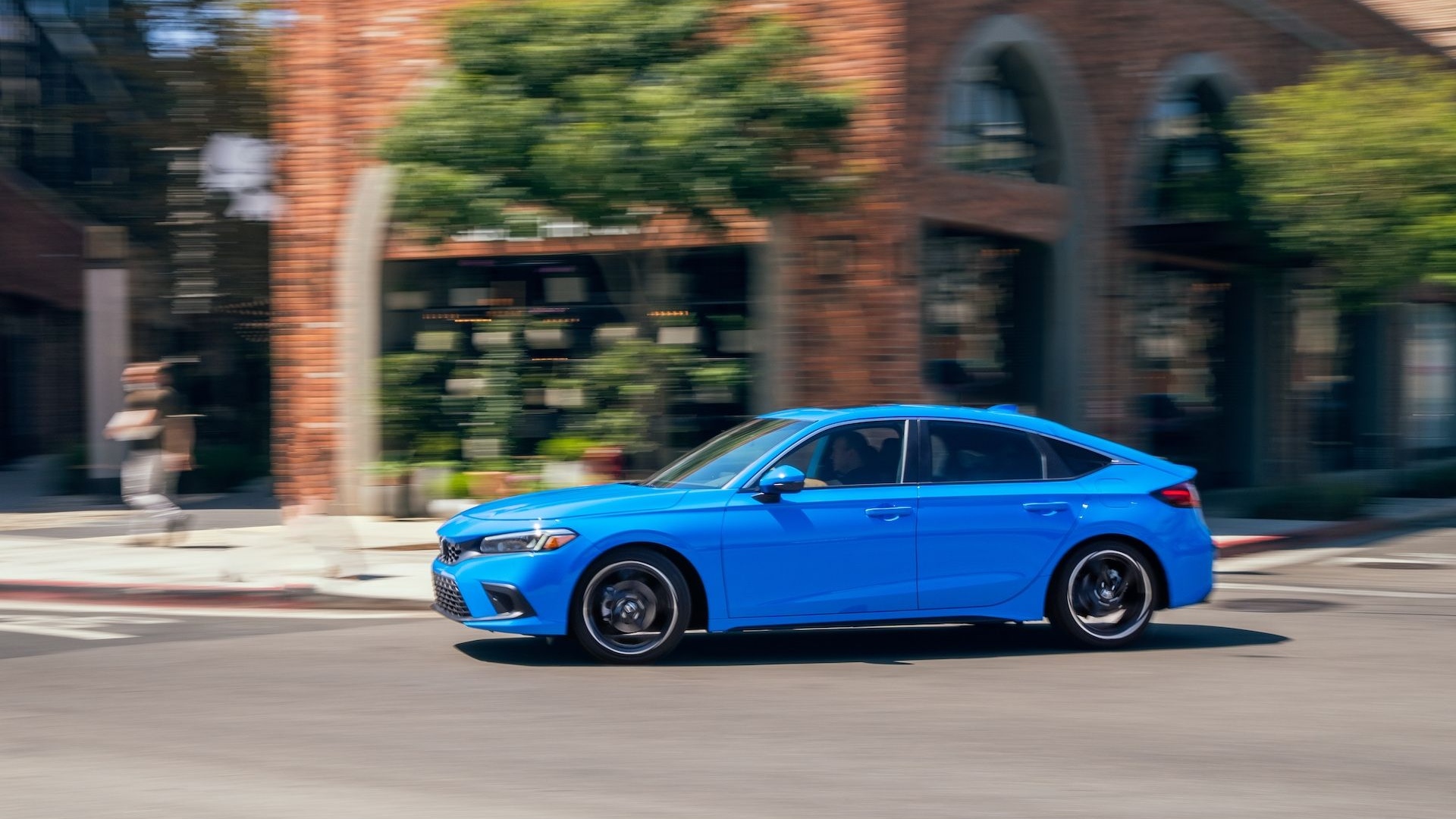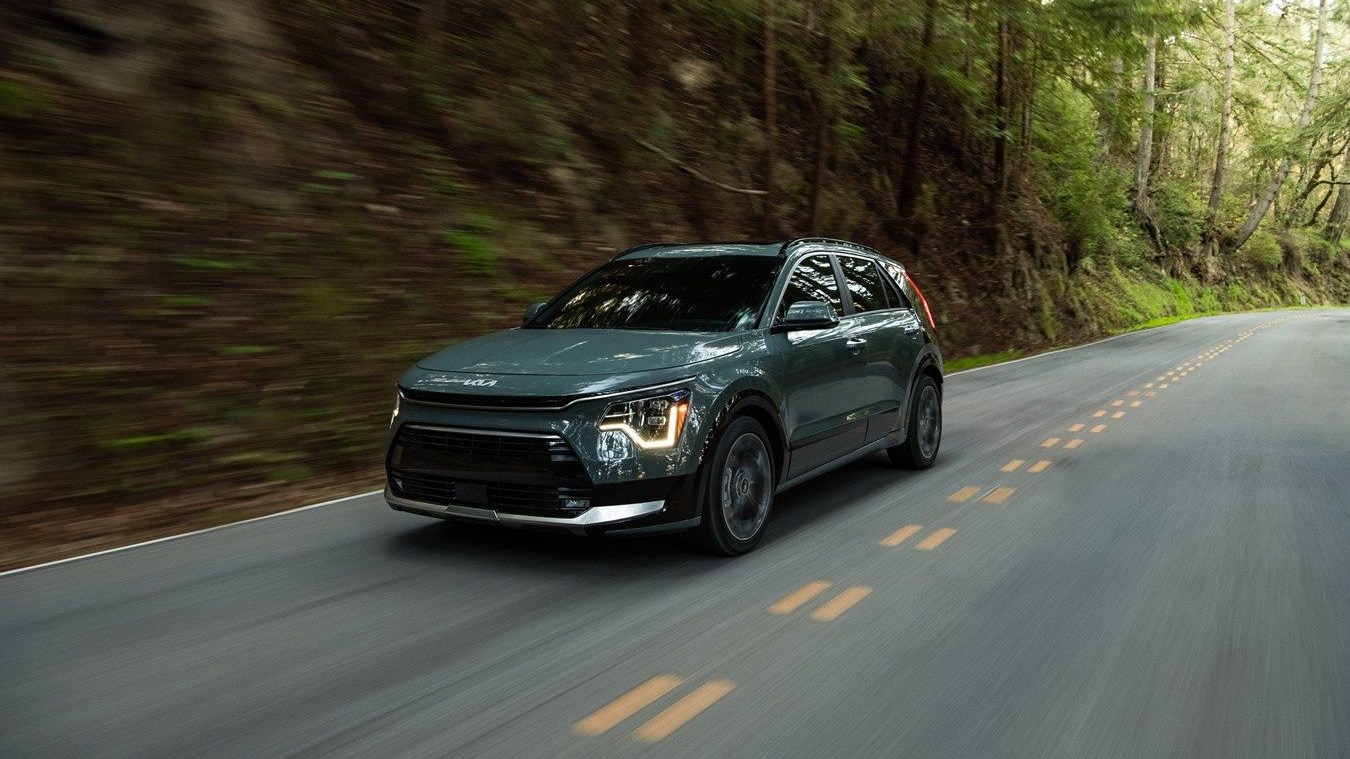Car designers have a tough job to combine these features in your typical road car - ideally you want low or negative lift for good stability at speed, but low drag and smooth surfaces with laminar or "attached" airflow to benefit fuel economy.
You might wonder why nobody has made attempts to bring this down before - large fuel savings would be possible with even small improvements. The FutureTruck by industrial design consultant Jeremy Singley after is a complete re-think of a rig's design, making it as streamlined as possible in order to bring about vast improvements in truck fuel consumption. The idea was conceived by Bob Sliwa of AirFlow Truck Company.
Carmakers are getting pretty good at streamlining their products - the Toyota Prius is very obviously styled for minimum aero drag and achieves a coefficient of drag (Cd) figure of 0.25, when your average passenger car is usually over 0.3. For comparison, a classic Volkswagen Bug has a Cd of 0.48 and the barn-like Hummer H2 a Cd of 0.57 - before you even take into account Cda, which is Cd multiplied by the frontal area of a vehicle.
The typical big rig has a Cd of over 0.6, and this has a huge effect on fuel economy. Jeremy's first truck design, known as SuperTruck, was essentially a body kit that bolts over an existing truck frame and even that would have the potential to double the average fuel economy of a tractor trailer.
FutureTruck takes that one step further - using Computational Fluid Dynamics (CFD) modelling, Singley claims a 63 percent reduction in drag over a conventional streamliner. Unlike the SuperTruck kit however, the FutureTruck would need completely new tooling to build the truck from the ground up. The cab, the wheels and other components are moved around to ensure the aerodynamic shape is unhindered.
FutureTruck might be a while off, but AirFlow is already in talks with suppliers to build SuperTruck-style kits that could attach to existing big rigs.
SuperTruck and FutureTruck aren't the first aerodynamic rigs we've seen though. Eccentric German industrial designer Luigi Colani has previewed concept trucks before that feature his "biodynamic" design style and emphasise aerodynamics.
So why haven't we seen more aerodynamic trucks before? We suspect the main issue until now has been that of practicality. Big rigs are very much products of necessity and the basic design of the rigs we see today has been developed over many years of tweaking to best serve the people who operate them. Likewise, the trailer is always designed for maximum capacity, which doesn't always go hand-in-hand with an aerodynamic ethos. A box is very practical, but not particularly aerodynamic...
SuperTruck and FutureTruck show that practicality needn't be sacrificed though, and it may not be too long before SuperTrucks are mixing it with Priuses on the freeway...



